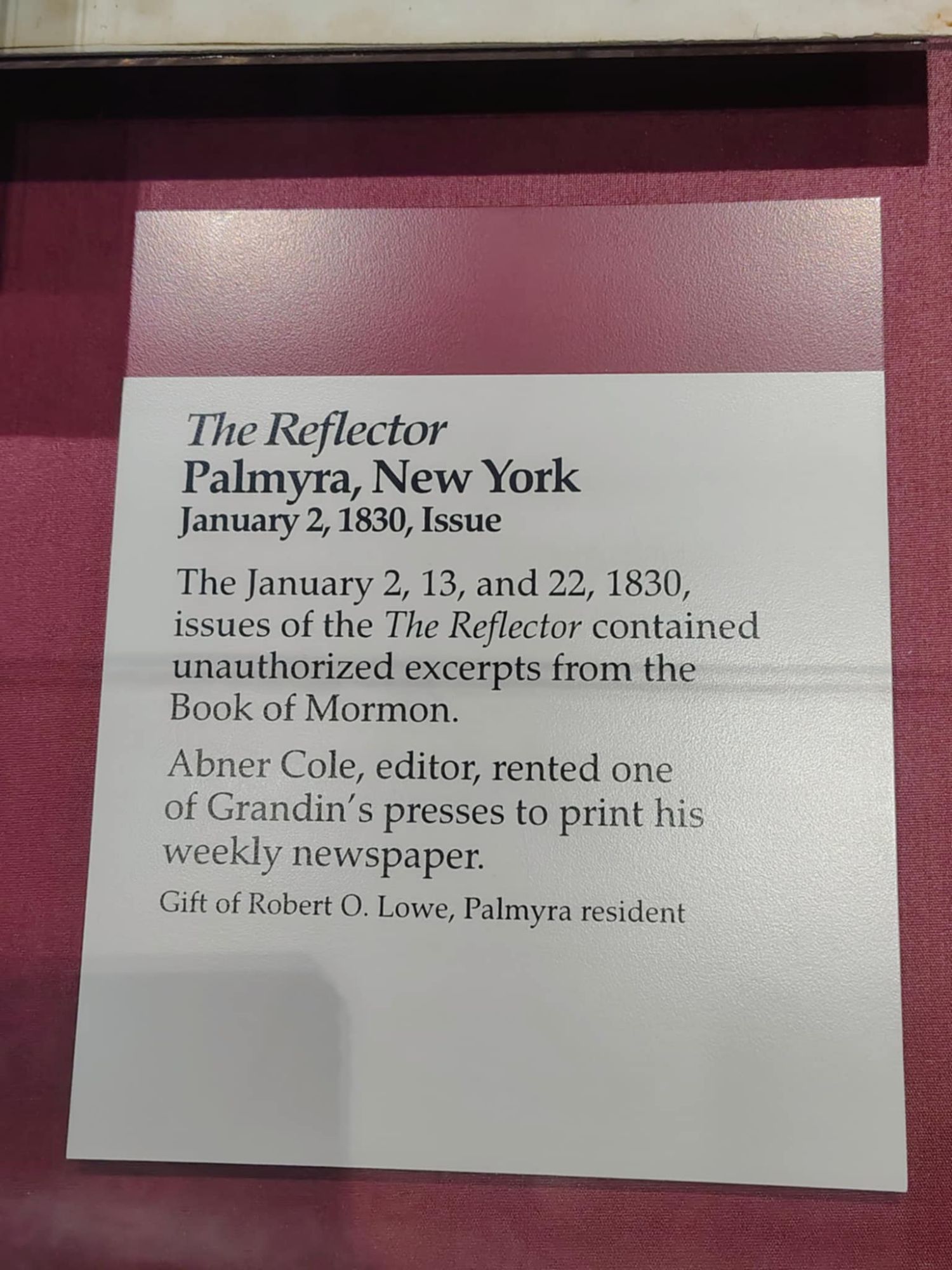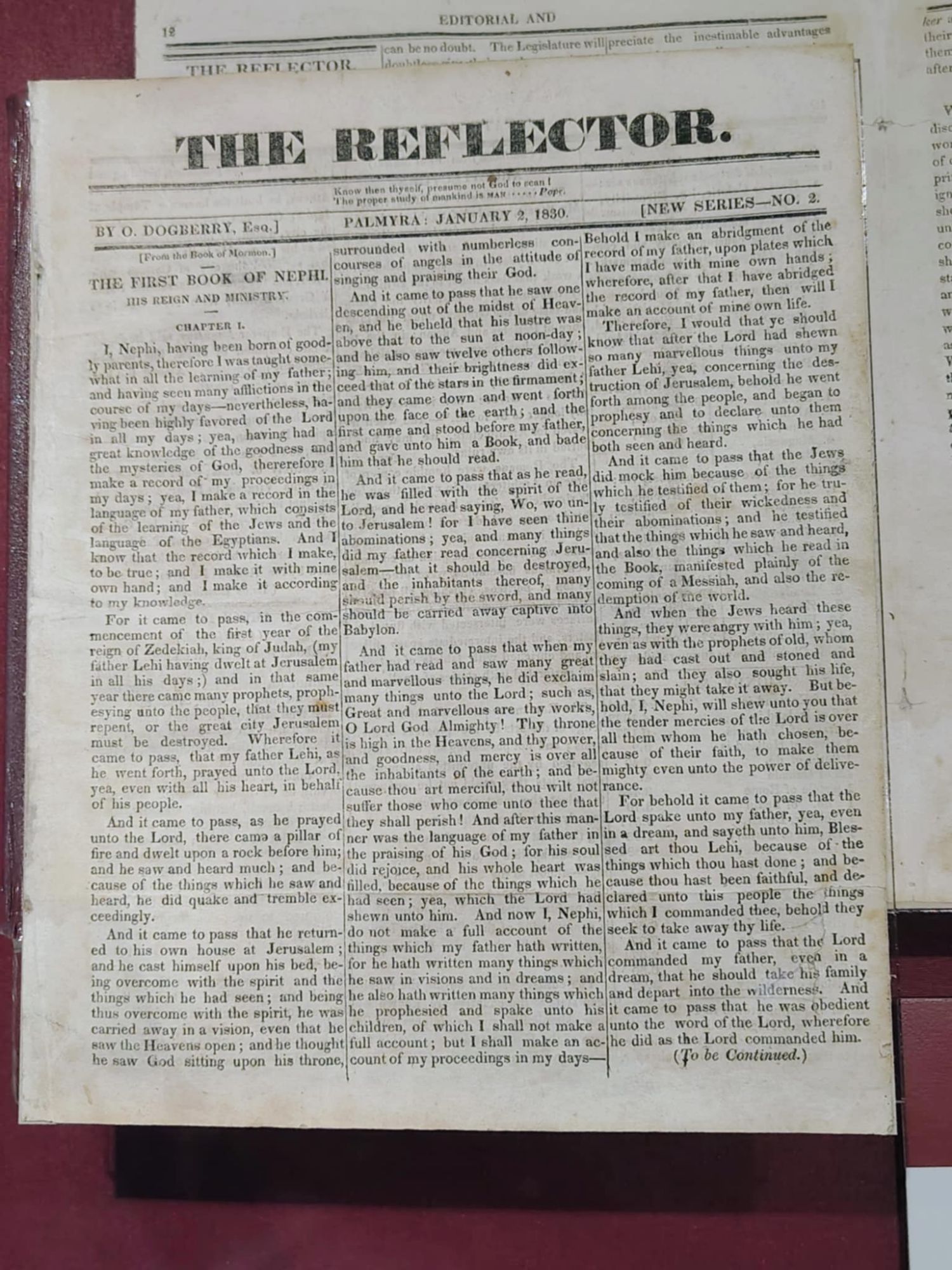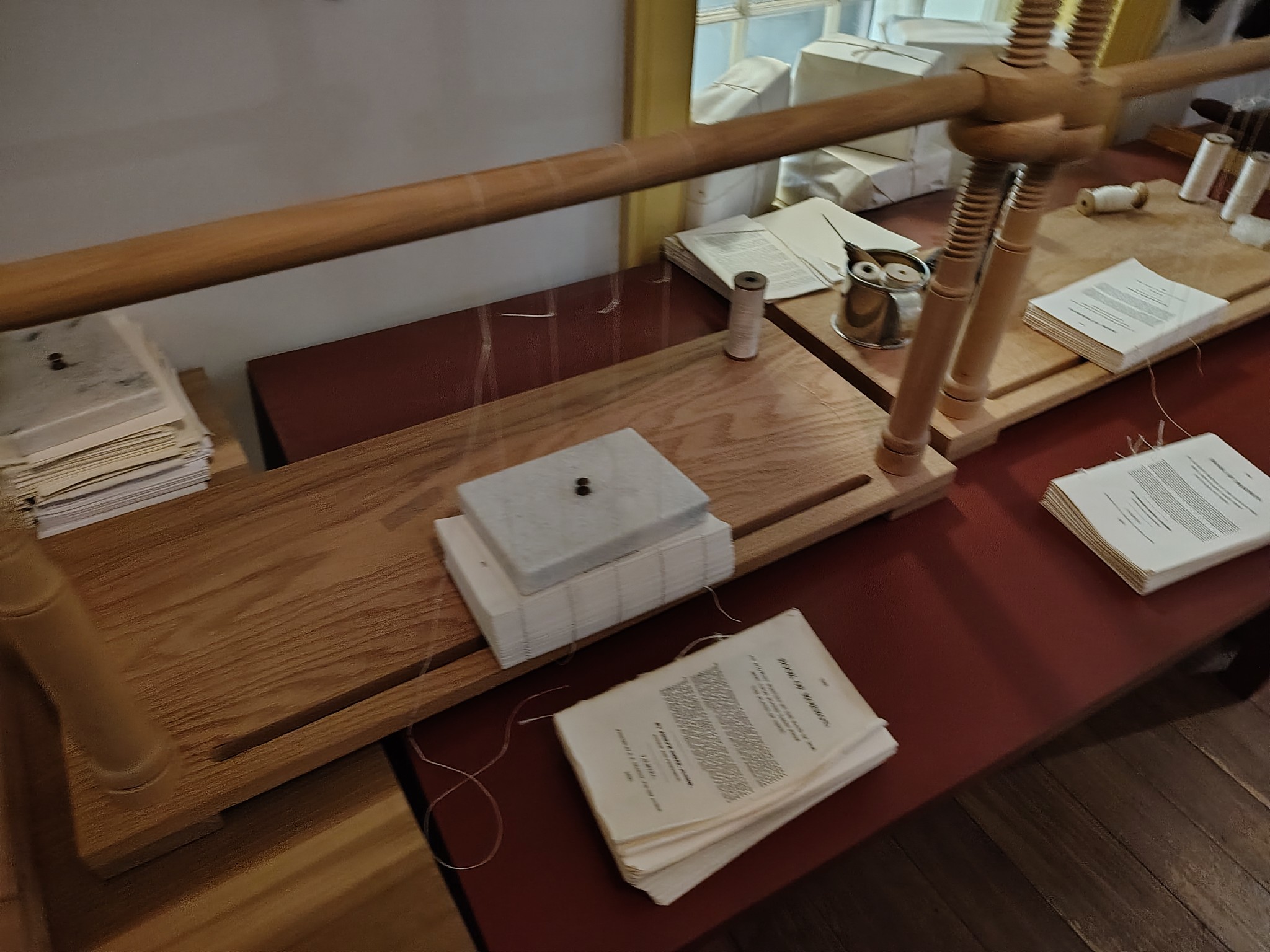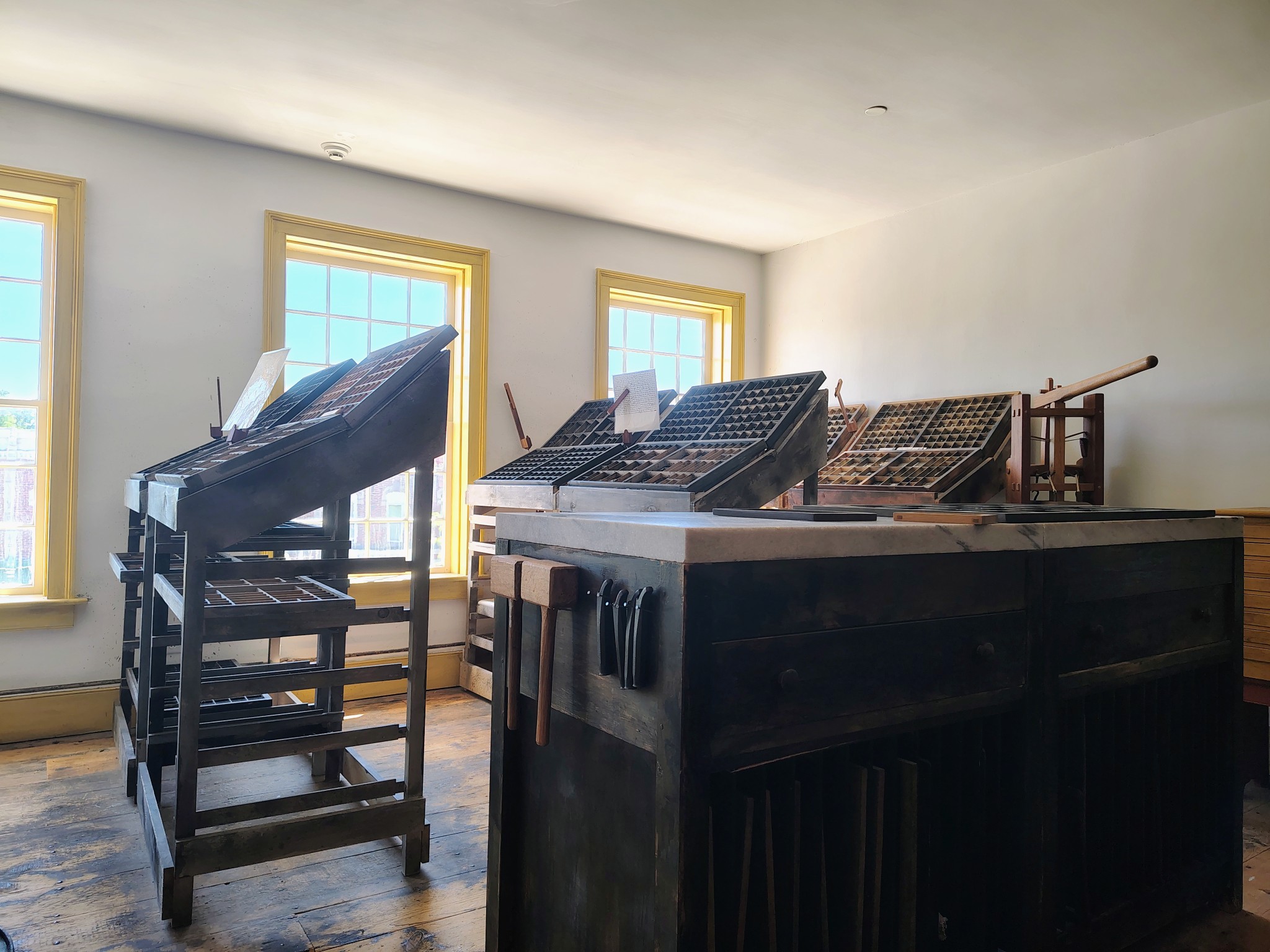It Began with a Newspaper Clipping in Palmyra
While visiting the Grandin Printing Press in Palmyra, New York, I noticed a framed clipping from an 1830 edition of The Reflector, a local paper. The display explained how the editor, Abner Cole, had printed unauthorized excerpts from the Book of Mormon before it was officially released. That small piece of paper told a much bigger story. It marked the beginning of one of the earliest public defenses of the Restoration, led by the Prophet Joseph Smith himself.

The Sunday Discovery
In December 1829, Hyrum Smith was overcome by a spiritual uneasiness that something was wrong at the print shop. Though the Smith family had agreed with printer E. B. Grandin not to access the shop on Sundays, Hyrum convinced Oliver Cowdery to go with him into town. When they arrived, they found Abner Cole using the press to print his weekly newspaper, The Reflector.
Cole was not just working quietly. He was actively printing excerpts from the not-yet-released Book of Mormon. Alongside the sacred text, he included vulgar and mocking commentary. His goal was to release weekly portions of what he called “Joe Smith’s Gold Bible” for entertainment and ridicule. The text he used had been pilfered from the very press Joseph had arranged to use.
Hyrum demanded to know by what right Cole was printing material from the Book of Mormon. Cole’s reply was blunt. He had rented the press and claimed he would print what he pleased. Nothing Hyrum or Oliver said made any difference, so they returned to the Smith home and sent word to Joseph in Harmony, Pennsylvania.
Source: Andrew H. Hedges, The Refractory Abner Cole, BYU Studies (full text provided)

Joseph Smith Returns to Palmyra
Joseph Smith Sr. made the trip to Harmony and returned with Joseph the following Sunday. According to Lucy Mack Smith, it was one of the coldest and harshest days of the season. After resting briefly at the family home, Joseph made his way to the print shop.
There, he found Cole once again preparing to print. Joseph greeted him politely, examined the paper, and reminded him that the Book of Mormon was protected by a federal copyright. He asked Cole to stop printing any part of it.
Cole’s response was violent. He threw off his coat, rolled up his sleeves, and challenged Joseph to a fight. Joseph remained calm, smiled, and suggested that Cole keep his coat on because of the cold. He reminded Cole that if he continued, legal action would follow. Cole finally agreed to submit the matter to arbitration.
When the arbitrator ruled in Joseph’s favor, Cole ended his unauthorized printing. He would later continue to mock the Prophet in print, but he never again published any portion of the Book of Mormon.
Source: Joseph Smith Papers: Copyright Filing
Source: Lucy Mack Smith, Biographical Sketches, 1853
Source: Hedges, The Refractory Abner Cole, BYU Studies
Who Was Abner Cole
Abner Cole was more than a small-town printer. He had served as a justice of the peace and highway overseer in Palmyra. He was known for his wit, his aggressive personality, and his role as a local freethinker. He published under the pseudonym “Obadiah Dogberry Jun” and filled The Reflector with satire, poetry, anti-religious commentary, and attacks on revivalist Christianity.
Cole saw himself as a defender of reason during a time of religious revivalism. His paper was a voice of skepticism in what he viewed as a superstitious age. When Joseph Smith and the Book of Mormon began to draw attention, Cole saw an opportunity. He believed he was exposing a fraud and protecting society from religious excess. In reality, he was violating copyright and mocking something sacred.
Printing Piracy and Profit
Cole was likely driven by both ideology and profit. He had suffered financial hardship and was trying to revive his fortunes through the newspaper. He openly admitted that curiosity about the Book of Mormon drove subscriptions. His decision to print stolen excerpts was calculated to generate controversy, stir interest, and boost sales.
While Cole painted himself as a noble critic, his actions were a clear case of intellectual theft. He pirated a text he had no legal or moral right to publish and used it to build a platform for mockery.
Joseph’s Calm Strength
Joseph Smith’s reaction to Cole’s threats was not one of violence or panic. Instead, he stood firmly on the law and protected the sacred work entrusted to him. By invoking copyright law, Joseph showed foresight and wisdom. He used the legal system to defend the Restoration without resorting to the kind of outrage Cole wanted to provoke.
This moment set a pattern for how the Saints would respond to persecution. With faith, with firmness, and with peace.
As Joseph later said:
“No unhallowed hand can stop the work from progressing… the truth of God will go forth boldly, nobly, and independent.”
— History of the Church, Vol. 4, p. 540
Conclusion
What began as a theft in a small print shop became the setting for a bold defense of sacred scripture. Abner Cole tried to ridicule and expose the Book of Mormon, but he ended up reinforcing the strength and resolve of those who believed in it. Joseph Smith stood tall, calm, and legal—and the Restoration moved forward.
The Book of Mormon would be published just weeks later in March 1830. Cole faded into history. The Book of Mormon, and the Church it helped restore, continue to change lives around the world.









